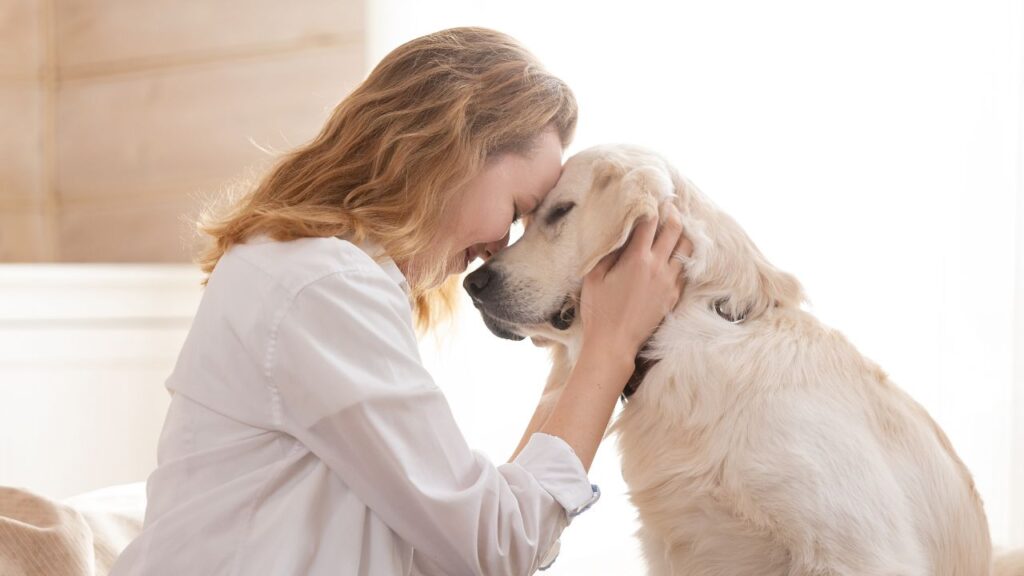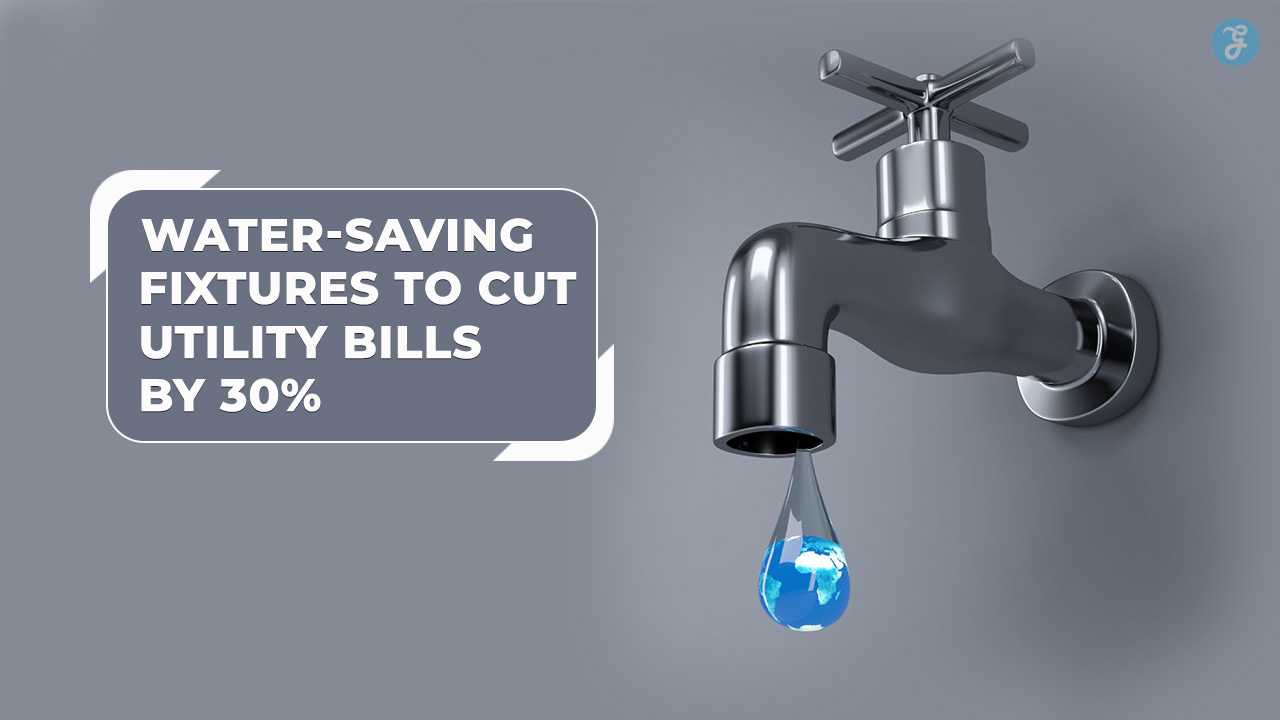For many pet owners, furry companions are part of the family. Just like humans, pets can face unexpected illnesses or injuries that require immediate medical attention. Veterinary bills can be surprisingly high, especially for emergency surgeries, chronic conditions, or specialized care.
Pet insurance helps cover these costs, offering peace of mind and potentially saving your pet’s life. Investing in the best pet insurance can ensure your animal receives timely and appropriate care without overwhelming financial stress.
Types of Pet Insurance Plans
There are several types of pet insurance plans, each offering different levels of coverage. Understanding these options can help you make an informed decision:
- Accident-only plans cover injuries such as broken bones or bite wounds, ideal for younger, generally healthy pets.
- Accident and illness plans are more comprehensive, covering a range of conditions from infections to cancer treatment.
- Comprehensive plans include accident, illness, and routine care like vaccinations, flea treatments, and dental cleanings, which can be appealing for owners who prefer full-spectrum coverage.
Choosing the right type of plan depends on your pet’s health history, age, and lifestyle.
What Makes a Pet Insurance Policy “The Best”
Not all pet insurance policies are created equal. Here are the key features that distinguish the best plans from the rest:
- Flexible coverage options: Look for insurers that allow you to customize your plan, choosing the deductible, annual limit, and reimbursement rate that suits your budget and risk tolerance.
- Broad inclusions: Top-tier plans often cover hereditary conditions, chronic illnesses, diagnostic tests, alternative therapies, and emergency care.
- Clear exclusions: Transparency about what’s not covered, such as pre-existing conditions or elective procedures, is just as important.
- Fast claims processing: Efficient, digital-first claim processes save time and reduce stress during already tense situations.
- Customer support: Read reviews to gauge how helpful and responsive the insurer is when you need assistance.
Commonly Covered Conditions and Services
To gauge the value of pet insurance, it helps to understand what’s typically covered. While policies vary, here are common inclusions:
- Accidents and injuries (fractures, lacerations, poison ingestion)
- Illnesses (vomiting, ear infections, skin conditions, UTIs)
- Major diseases (diabetes, cancer, arthritis)
- Surgeries and hospitalization
- Diagnostic testing (X-rays, ultrasounds, blood tests)
- Prescription medications
Some premium plans may also include behavioral therapy, dental disease treatment, and holistic care such as acupuncture.
Factors That Influence Cost
The cost of pet insurance is influenced by several factors. These include:
- Pet’s breed: Certain breeds are more prone to specific health issues, which can raise premiums.
- Age: Insurance is usually cheaper for younger pets and may become more expensive as your pet ages.
- Location: Vet costs vary by region, which can affect pricing.
- Level of coverage: More comprehensive plans with higher reimbursement rates and lower deductibles cost more but offer broader protection.
Comparing different plans and using online calculators can give you a clear idea of expected costs for your specific situation.
Tips for Choosing the Right Policy
When comparing pet insurance options, consider these practical tips:
- Read the fine print: Understand waiting periods, coverage limits, and renewal conditions.
- Check for lifetime coverage: Some plans offer lifetime coverage for chronic illnesses as long as you renew each year.
- Consider your pet’s lifestyle: Active dogs may be more prone to accidents, while indoor cats may face fewer risks. Match coverage to your pet’s needs.
- Ask your vet: Your veterinarian may offer insights into common health issues based on your pet’s breed and age.
- Review real customer feedback: Independent reviews often highlight pros and cons that aren’t clear in policy documents.
When to Enroll Your Pet
The best time to get pet insurance is when your pet is young and healthy. Most providers do not cover pre-existing conditions, which means any illness or injury that occurs before your policy starts will likely be excluded. By enrolling early, you maximize coverage and minimize out-of-pocket expenses down the line.
Peace of Mind in Unpredictable Moments
The real value of pet insurance lies in its ability to give you peace of mind. In an emergency, you won’t have to weigh your finances against your pet’s well-being. Whether it’s a sudden accident, an ongoing illness, or just the security of knowing you’re prepared, the best pet insurance provides both practical and emotional reassurance.
Takeaways
Finding the best pet insurance means understanding your pet’s needs, your financial situation, and the coverage options available. While the idea of monthly premiums may seem like an added expense, the cost of not being insured in a critical moment can be far greater. By doing your research and choosing wisely, you can ensure your four-legged friend receives the care they deserve, no matter what life throws their way.









































